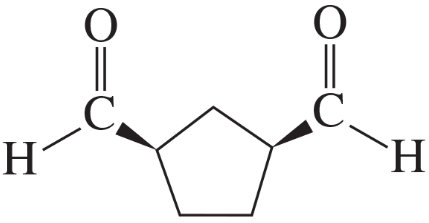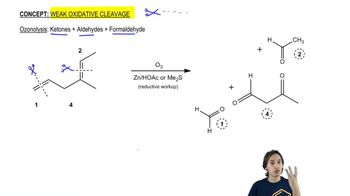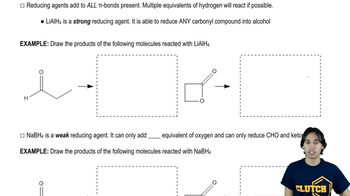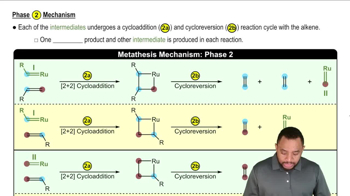What are the products of the following reactions? Indicate whether each reaction is an oxidation or a reduction.
a.

 Verified step by step guidance
Verified step by step guidance Verified video answer for a similar problem:
Verified video answer for a similar problem:



 6:30m
6:30mMaster General properties of ozonolysis. with a bite sized video explanation from Johnny
Start learning